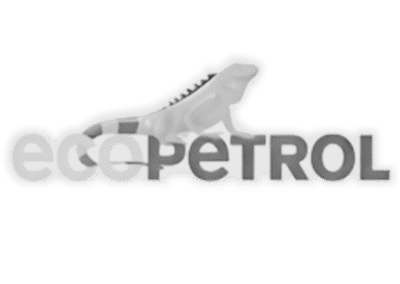OFT™ – Oil and Gas Finder Technology
Innovative and reliable technology for prospecting hydrocarbon deposits both onshore and offshore
More than 30 years of research and work on electromagnetism allow us today to have a technology for exploration of hydrocarbon deposits.
The OFT™ is an express technology, remote exploration based on the identification of electromagnetic anomaly caused by the same hydrocarbon reservoirs and through its spectral signature, called resonant frequency, in the deep blue range and in the ultraviolet spectrum identifies the fluids within these anomalous areas.
Stages of technology
Phase 1
OFT – SS
Satellital Spectroscopy
The search for oil and gas deposits in the areas of interest is done through the process of resonance frequency analysis (decoding) of remote sensing data (meta satellite datas) which allows to determine anomalies of the kind of oil depot of hydrocarbons (DTA)
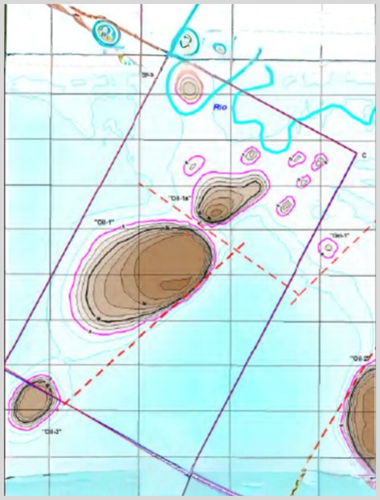
Phase 2
OFT
2.1 – FSPEF
Forming of Short Pulse Electromagnetic Fields
2.2 – VERS
Vertical Electro-Resonance Sounding
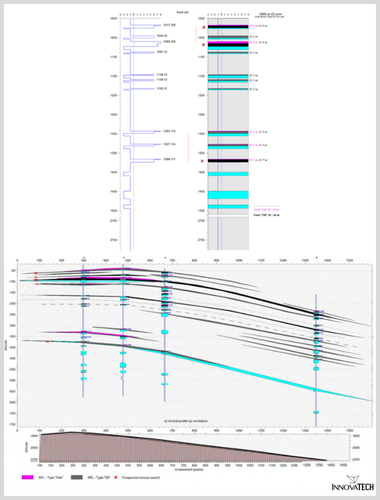
Phase 3
OFT – 3D Model
Integration & 3D Modeling Deliverables
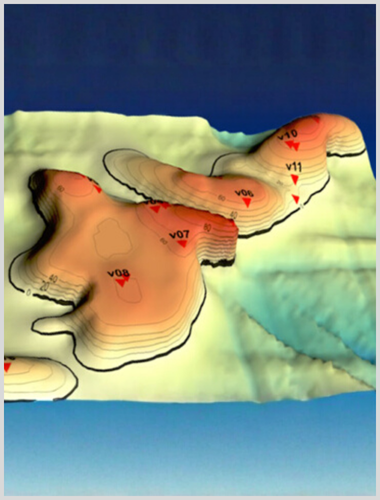
Applications of technology
EXPLORATION
GREENFIELDS OR EXPLORATORY AREAS: La OFT™ is the starting point for the exploration of areas not previously studied. When performing the spectroscopy prospects presents in the area are displayed, discarding the areas where the presence of hydrocarbons is not evident.
REINTERPRETING DATA: In areas where already been conducted with the traditional tools, but there is uncertainty as to the areas for which the interpretation of data can be complicated by reflectors, salt domes or the same depth of prospecting, OFT™ in these cases is of great help to elucidate not only the structures but contrast with fluids present.
PRODUCTION
DEVELOPED FIELDS: In the already developed fields, where reengineering is required to locate the oil accumulation areas that have not been drained and also to verify the existence of oil structures unknown (new fields).
DRILLING
VIRTUAL DRILLING: A verification study with OFT™ pwill help forecast production units present, its depths, thicknesses and approximate coordinates background where to direct drilling.
Why the OFT™?
- Ensures increased success in drilling campaigns.
- Considerable reduction of the time to gather information.
- Friendly to the environment and communities.
- It does not require permits and licenses.
- Lower costs to traditional methods.
- Remote exploration anywhere in the world.
- It facilitates increase recovery from developed fields.
- A priori verification of the coordinates for drilling.
- Backed by the National Hydrocarbon Agency of Colombia (ANH) as part of the contractual commitments (Technical and Financial).
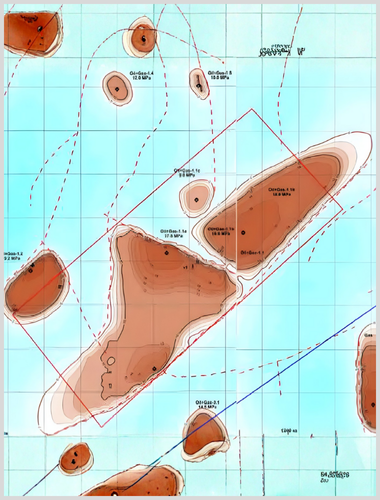
FAQ
WHAT IS A spectrography?
It is a graphical representation of electromagnetic anomalies that show the presence or absence of the material sought in the study area.
WHAT KIND OF SATELLITE IS USED FOR INFORMATION?
Dedicated to geophysical studies Georesurs-type P and DK satellites are used.
HOW THE ACQUISITION OF INFORMATION PERFORMED?
The acquisition is from passive platforms that acquire multispectral information specific study area.
WHAT INFORMATION IS OBTAINED THROUGH THE SATELLITE?
A metadata with multispectral information tied to the coordinates of the investigated area is obtained.
HOW IS THE INFORMATION PROCESSED?
In a laboratory of Geophysics satellite data it is transferred to a satellite plate in which the digital information is converted to analog, making it susceptible to be excited in a spectrometer and analyzed centimeter by centimeter.
HOW ACCURATE IS THE INFORMATION OBTAINED?
The information has a high degree of assertiveness, cataloged by 65% as an average, depending on the scale used.
IS IT NECESSARY FIELD WORK?
It is optional, depending on the technical task and the amount of information held in the study area.
HOW LONG RESULTS ARE DELIVERED?
For Phase 1, remote, between 15 and 30 days, depending on the scale and the area in question. For phases 2 and 3, the field, between 1 and 6 weeks to tour the area, depending on the topography and specific conditions of the area, after acquiring the data one month to deliver the final report.
WHAT IS THE FSPEF AND VERS?
Geophysical method FSPEF delimits the extent of the electromagnetic anomaly and the VERS surface and determines the depths, thicknesses and number of intervals of the polarized rock.
WHAT IS THE ENVIRONMENTAL IMPACT OF TECHNOLOGY?
It is void, does not require explosions, nor noise, there is no impairment to the flora and fauna or damage to property.
WHAT PERMITS OR LICENSES REQUIRED?
For the use of technology not require permits or licenses.


